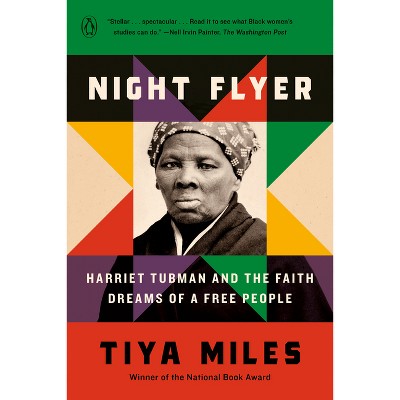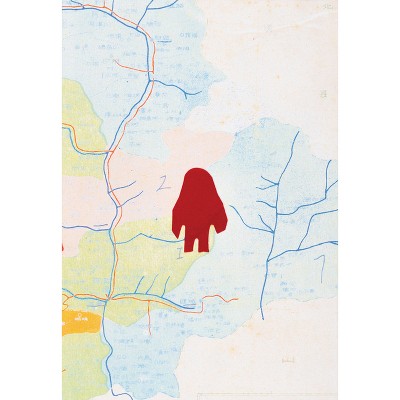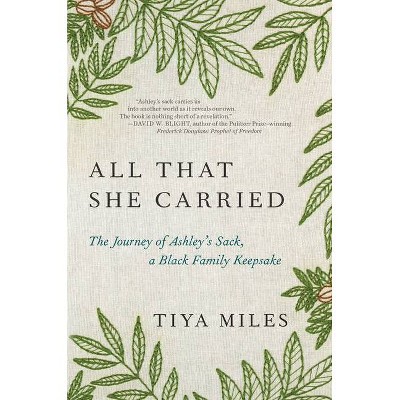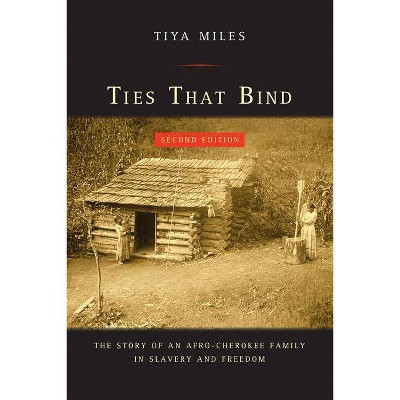Sponsored

The House on Diamond Hill - by Tiya Miles (Paperback)
In Stock
Sponsored
About this item
Highlights
- At the turn of the nineteenth century, James Vann, a Cherokee chief and entrepreneur, established Diamond Hill in Georgia, the most famous plantation in the southeastern Cherokee Nation.
- About the Author: Tiya Miles is the Elsa Barkley Brown Collegiate Professor of African American Women's History and professor of history, American culture, Afroamerican and African studies, and Native American studies at the University of Michigan.
- 336 Pages
- History, Native American
Description
About the Book
House on Diamond Hill: A Cherokee Plantation StoryBook Synopsis
At the turn of the nineteenth century, James Vann, a Cherokee chief and entrepreneur, established Diamond Hill in Georgia, the most famous plantation in the southeastern Cherokee Nation. In this first full-length study to reconstruct the history of the plantation, Tiya Miles tells the story of Diamond Hill's founding, its flourishing, its takeover by white land-lottery winners on the eve of the Cherokee Removal, its decay, and ultimately its renovation in the 1950s.
This moving multiracial history sheds light on the various cultural communities that interacted within the plantation boundaries -- from elite Cherokee slaveholders to Cherokee subsistence farmers, from black slaves of various ethnic backgrounds to free blacks from the North and South, from German-speaking Moravian missionaries to white southern skilled laborers. Moreover, the book includes rich portraits of the women of these various communities. Vividly written and extensively researched, this history illuminates gender, class, and cross-racial relationships on the southern frontier.
Review Quotes
"[Miles'] book is accessible and well written, its story important. Highly recommended."--CHOICE
"[Provides] rich detail from the newly translated diaries and letters of German missionaries."--Diverse Education
"A compelling narrative that speaks to the core issues of identity in the American South."--North Carolina Historical Review
"A meticulously researched and elegantly written book that is accessible to nonacademic readers as well as scholars and researchers of Native American and African American history."--Public Historian
"A welcome addition to the histories of Native America, slavery, African America, gender, the early republic, and, perhaps most significantly, public history."--American Historical Review
"Illustrates that Cherokee slavery differed significantly from that practiced by white Americans. . . . Slavery helped prove to the United States government that they [Cherokees] had acculturated and thus had become 'civilized.' Recommended."--Library Journal
"Miles paints the most detailed picture yet published of the lives of the black slaves to the Cherokee."--Bay State Banner
"Miles's research is solid; her writing is clear; and the story she tells is both important and compelling. The House on Diamond Hill is an exemplary book."--Journal of Southern History
"The fullest published portrait yet of slaves to the Cherokee."-- Defenders Online
"The only comprehensive book about life on the Vann Plantation from the perspective of examining not only Cherokee history . . . but also black history, the roles of Moravian missionaries and white history."--Daily Citizen, Dalton, GA
About the Author
Tiya Miles is the Elsa Barkley Brown Collegiate Professor of African American Women's History and professor of history, American culture, Afroamerican and African studies, and Native American studies at the University of Michigan. Her first book, Ties That Bind: The Story of an Afro-Cherokee Family in Slavery and Freedom, won the Organization of American Historians' Turner Prize and the American Studies Association's Romero Prize. In 2011 she was selected as a MacArthur Foundation Fellow.
Shipping details
Return details
Frequently bought together

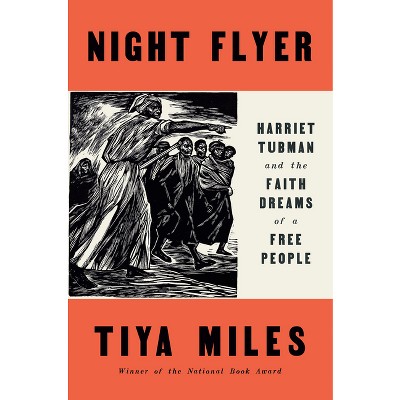

Guests also viewed

Discover more options
